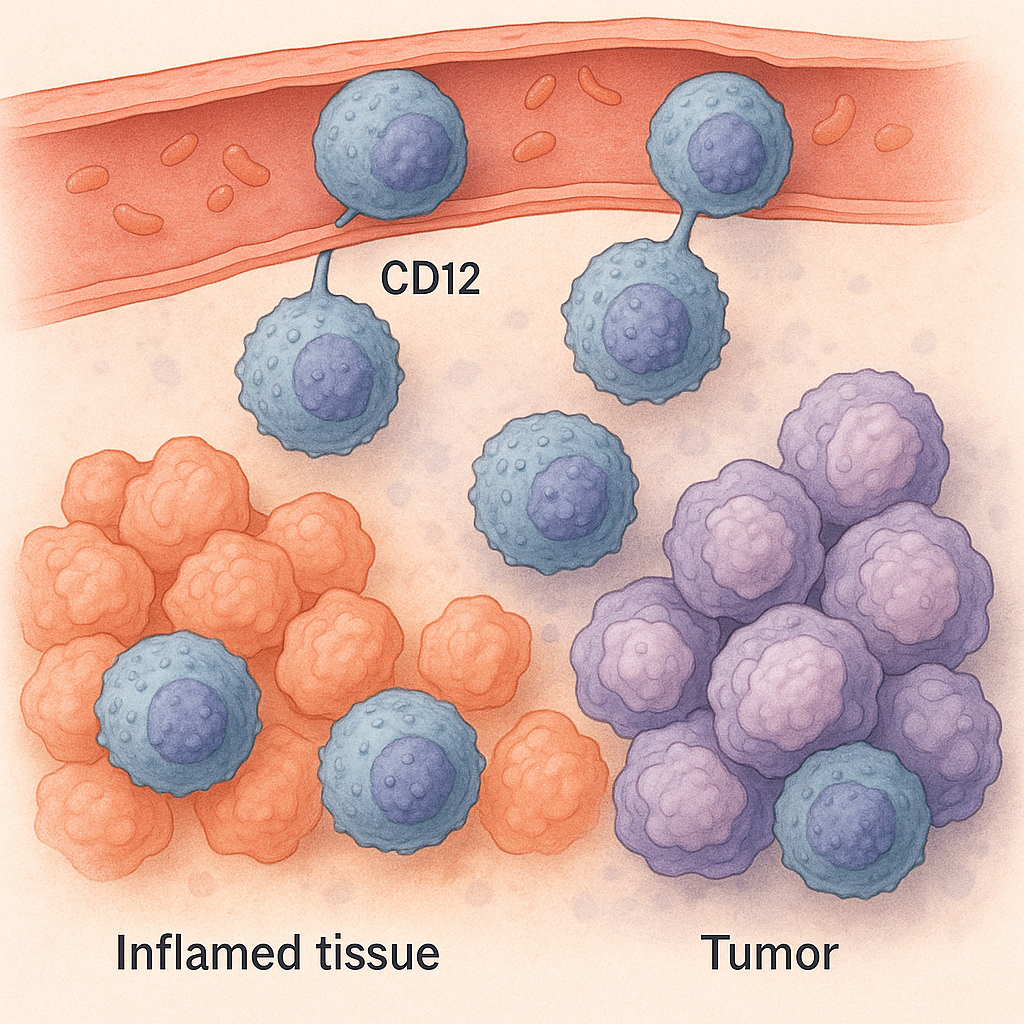Blog Post
CD12: An Emerging Marker in Immune Research
When it comes to understanding the immune system, scientists have learned that no single molecule tells the whole story. CD12, while not as widely known as CD4 or CD11, is starting to draw attention for its potential role in immune cell behavior. Though the data are still emerging, CD12 could be a useful marker for tracking immune responses and understanding disease progression.

What Do We Know About CD12?
CD12 refers to a cluster of differentiation molecule—part of the large family of markers used to identify immune cells. Unlike more established markers, CD12 isn’t consistently expressed across all immune cells. In fact, early findings suggest that it may appear on certain subtypes of granulocytes or immature myeloid cells. Researchers are investigating its expression profile across a variety of immune conditions to better understand its utility.
Some studies have noted elevated CD12 expression in specific inflammatory conditions, although research remains limited. There are indications that it may play a role in regulating immune cell migration or even in cell-cell interactions within lymphoid organs. Scientists are also looking into whether CD12 has ligand-binding functions or influences signal transduction pathways that shape immune cell behavior.
Why CD12 Matters
Even though CD12 is still being studied, there are a few reasons why researchers are paying closer attention:
- Potential in Cancer Models: CD12 might help identify tumor-infiltrating immune cells or be linked to certain suppressive myeloid populations. In tumors, identifying markers like CD12 could improve profiling of the tumor microenvironment and support development of targeted therapies.
- Clues in Inflammatory Disease: In some autoimmune conditions such as inflammatory bowel disease (IBD) or lupus, CD12 expression could serve as a readout of disease severity or immune activity. Its correlation with disease flares may one day support biomarker-driven treatment plans.
- Cell Trafficking: Like other integrin-like molecules, CD12 may influence how immune cells travel and respond to signals from damaged or infected tissues. This includes potentially guiding cells toward chemokine gradients or controlling how long they stay within certain tissues.
- Developmental Marker: Some groups are exploring whether CD12 plays a role in identifying immature or transitional immune cell stages. This could be helpful in developmental immunology studies or in identifying dysregulated cell populations in disease states.
How It’s Studied
Currently, CD12 is being analyzed mostly through flow cytometry, using antibodies that can pick up low-level expression. Researchers are combining it with markers like CD11b, CD33, and HLA-DR to better define myeloid-derived suppressor cells (MDSCs) or distinguish macrophage phenotypes. Flow panels using CD12 are still uncommon but are gaining traction in exploratory research, especially in tumor immunology and chronic inflammation.
In addition to flow cytometry, some researchers are also investigating CD12 expression using single-cell RNA sequencing (scRNA-seq). Although protein-level validation is still required, these transcriptomic data provide insight into potential gene regulation patterns involving CD12.
CD12 in Clinical Research and Therapy
If CD12 proves to be functionally significant, it may enter the pipeline of diagnostic or therapeutic targets. For example, in cancer, immune profiling with CD12 could help identify patients likely to respond to immunotherapy. Likewise, in autoimmunity, CD12-positive cell populations might predict disease progression or treatment resistance.
Biotech companies are beginning to take interest in producing high-affinity antibodies for CD12, which could allow for better quantification, isolation, or even in vivo blocking studies. Although no drugs are currently in development specifically targeting CD12, exploratory trials may emerge if its function becomes better understood.
Challenges and Future Directions
One major hurdle in CD12 research is the lack of standardized reagents and protocols. Many studies use different clones or detection platforms, making it difficult to compare results. There’s also the question of whether CD12 is a passive identifier or if it contributes actively to signaling and cell behavior.
To answer these questions, future research will need to:
- Map CD12 expression across broader sample sets and disease types
- Validate findings in both human and mouse models
- Investigate CD12’s molecular binding partners and signaling outcomes
- Standardize antibody reagents and detection protocols for broader use
As these efforts mature, CD12 may become an integral part of immune profiling toolkits—especially for researchers studying less-characterized immune subsets or rare cell populations.
Conclusion
The study of CD12 is still in its early days, but its potential in both research and clinical contexts is growing. Whether as a functional molecule or a helpful identifier of immune cell states, CD12 may soon play a much larger role in how we understand and treat immune-related diseases. As with many lesser-known markers, its future depends on the depth and quality of ongoing research.
Further Reading:
External Resources:
- Abbas, A.K., et al. (2014). Cellular and Molecular Immunology. 8th Ed. Elsevier.
- Medzhitov, R. (2008). Origin and physiological roles of inflammation. Nature, 454(7203), 428–435. https://doi.org/10.1038/nature07201

